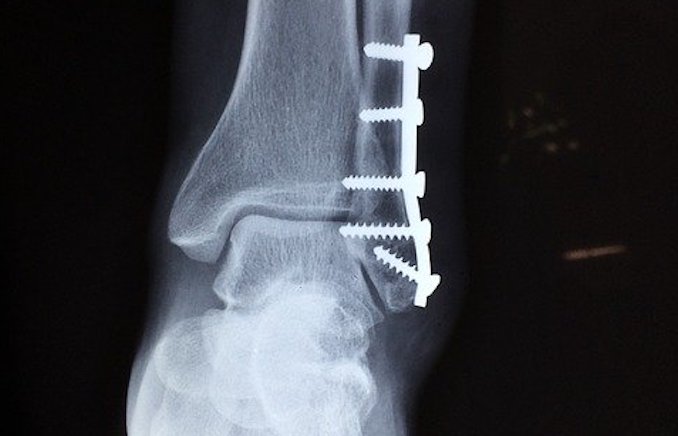Stress fractures are tiny cracks or severe bruising within a bone. As the name suggests, these fractures are caused by stress and overuse. They’re primarily seen in the lower leg and on weight-bearing bones in the foot.
While the risks are high for athletes, anyone can suffer from a stress fracture. As with any injury, knowing the cause behind it can help you be more careful and avoid the damage altogether. The following are some of the most common causes of stress fractures.
Repetitive force
This is one of the main culprits behind stress fractures. Repetitive force and overuse such as running long distances, jumping up and down, and walking for long periods can cause stress fractures since the weight-bearing bones of the foot and leg have to absorb these forces.
Improper technique
One of the most important aspects of engaging in physical activities is doing so safely and properly. Using improper techniques is a surefire way to develop stress fractures. Even small things like blisters and bunions can change how you walk and run and cause your bone to handle more pressure or weight than before.
Foot issues
Those with high and rigid arches or flat feet are more likely to develop stress fractures because the foot isn’t adequately supported.
High-impact sports
Stress fractures are more common in athletes who participate in specific sports. High-impact sports like tennis, gymnastics, dance, and track and field are a few examples. They’re also more likely to run in running sports like football and basketball.
Sex
Women are more likely than men to develop stress factors. This is especially common for those who have absent or abnormal menstrual periods and cycles.
Improper shoes
Your shoes can also contribute to the development of stress fractures. For example, new shoes can result in lessening your foot’s ability to deal with repetitive forces. This is also true for worn-out shoes that can no longer absorb shock as well.
Weak bones
Conditions like osteoporosis can weaken your bones and make you more susceptible to stress fractures. With weak bones, you don’t have to cause excess stress to develop a stress fracture. Even daily activities can result in one.
History of stress fractures
Having had stress fractures in the past makes you more susceptible to having them again.
Increased physical activity
When those who lead a sedentary lifestyle suddenly start engaging in physical activity, they can suffer from stress fractures. It’s crucial to start slowly and build up your routine instead of going from zero exercise to constant exercise. This can also happen in individuals who were previously active but increased the duration, intensity, or frequency of physical activity rapidly.
Change in workout surface
In addition to changing your workout, stress fractures can also be caused by changing your workout surface. If you suddenly go from using the treadmill to jogging outdoors or switch from playing tennis on a grass field to a hard court, you’re at a higher risk for stress fractures.
Lack of nutrients
A lack of nutrients, especially Vitamin D and calcium, can make you more likely to develop stress fractures. This is especially common in those with eating disorders such as anorexia nervosa.
When your bones have to deal with unaccustomed force without enough time to recover, they become more susceptible to stress fractures. Therefore, it’s important to be safe and take precautions when engaging in physical activities. If you develop a stress fracture, visit a doctor immediately to avoid chronic problems and future stress fractures.

